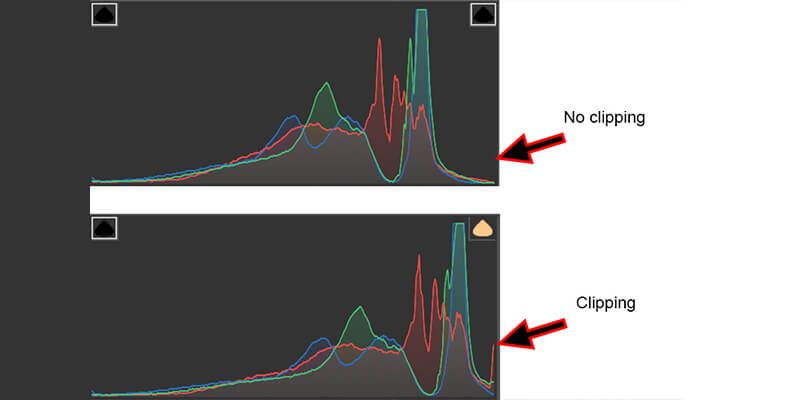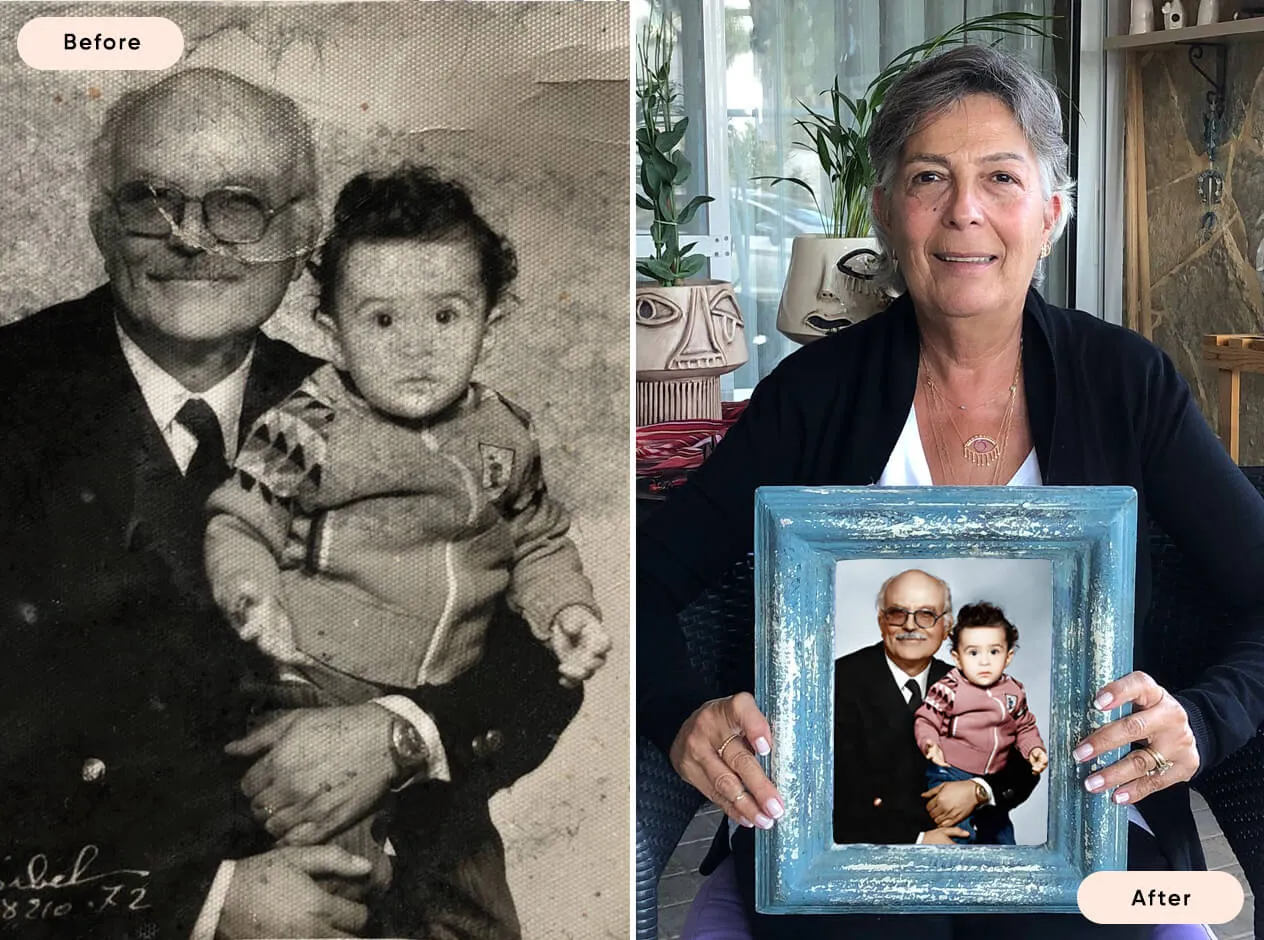Clipping in Photography | What It Is and How to Avoid It
Clipping in photography refers to the loss of detail in highlights or shadows that occurs when the exposure levels exceed the dynamic range of the image sensor or display. This phenomenon can lead to an unsightly and unprofessional appearance in photographs, where areas appear purely white or black without any texture or detail. Understanding and managing clipping is essential for photographers if they want to achieve high-quality images.
Understanding Clipping in Photography
Clipping occurs when the brightest and darkest areas of an image exceed the capability of the camera sensor to capture detail. When this happens, information is lost, resulting in pure white highlights or deep black shadows. This loss restricts the tonal range of the image, resulting in reduced depth, character, and a flat appearance. Moreover, once clipping occurs, it cannot be easily restored in post-processing, making it crucial to be aware of the settings and exposures before shooting.

Causes and Indicators of Clipping
Several factors contribute to clipping in photography. Overexposing an image while shooting in bright light conditions is a primary cause, as the sensor may struggle to capture the full range of light. Similarly, shooting in low-light settings without proper exposure compensation can lead to clipped shadows, where fine details disappear into solid black. Indicators of clipping can be seen in histogram displays; if the graph hits the far left or right edges, it's a clear sign of clipped shadows and highlights. Many modern digital cameras offer highlight warnings, allowing photographers to pinpoint any clipped areas instantly.
How Image Formats Influence Clipping
The format in which you save an image can also influence clipping. Lossy formats like JPEG compress data, which can lead to a further loss of detail in shadow and highlight areas, making it easier to end up with clipped images. On the other hand, uncompressed formats like RAW retain much more detail, allowing for better control when adjusting exposure during post-processing. Understanding these differences is essential for photographers looking to capture and maintain a broader dynamic range.
Post-Processing Techniques to Handle Clipping
While avoiding clipping during the shooting process is ideal, post-processing techniques can also help address some of the issues arising from clipping. Programs like Adobe Lightroom and Photoshop offer tools to recover clipped highlights and shadows. Features such as the highlight and shadow recovery sliders can restore some detail, but it is important to remember that significant clipping may not be recoverable. Adjustments should be made with care, as excessive manipulation can lead to unnatural results.
Practical Tips to Avoid Clipping
Preventing clipping starts with understanding your camera’s exposure settings. Utilizing techniques such as shooting in RAW, using the histogram, and employing exposure compensation can greatly reduce the chance of clipping. Aim to expose for the highlights by adjusting shutter speed, aperture, and ISO accordingly. Additionally, practicing bracketing, where multiple exposures are taken, can help ensure that highlights and shadows are well-captured in different shots. Finally, always review images on the back of your camera to verify exposure before moving on, minimizing the likelihood of unwanted clipping.
In conclusion, clipping is a common issue in photography that can have a significant impact on image quality. By understanding its causes, recognizing indicators, and employing practical techniques, photographers can minimize this problem and produce stunning, detailed images that truly embody their artistic vision.

Or Get YourMoney Back
back your money in the rare case you are not satisfied with the quality of your
damage-free pictures. Only $38 for most image restorations regardless of damage

All rights reserved.